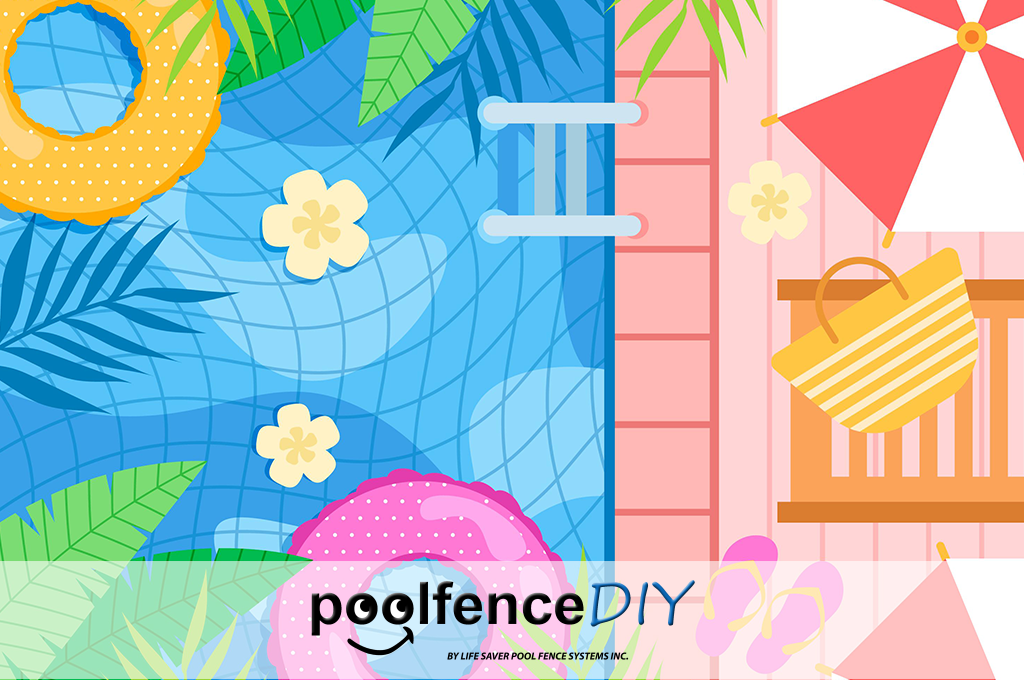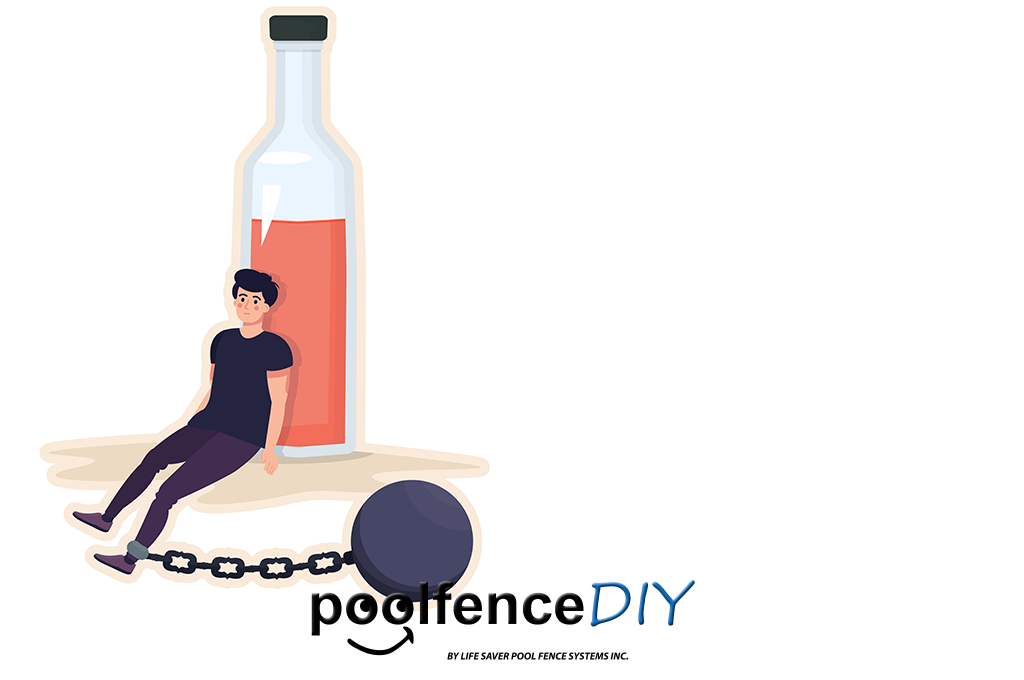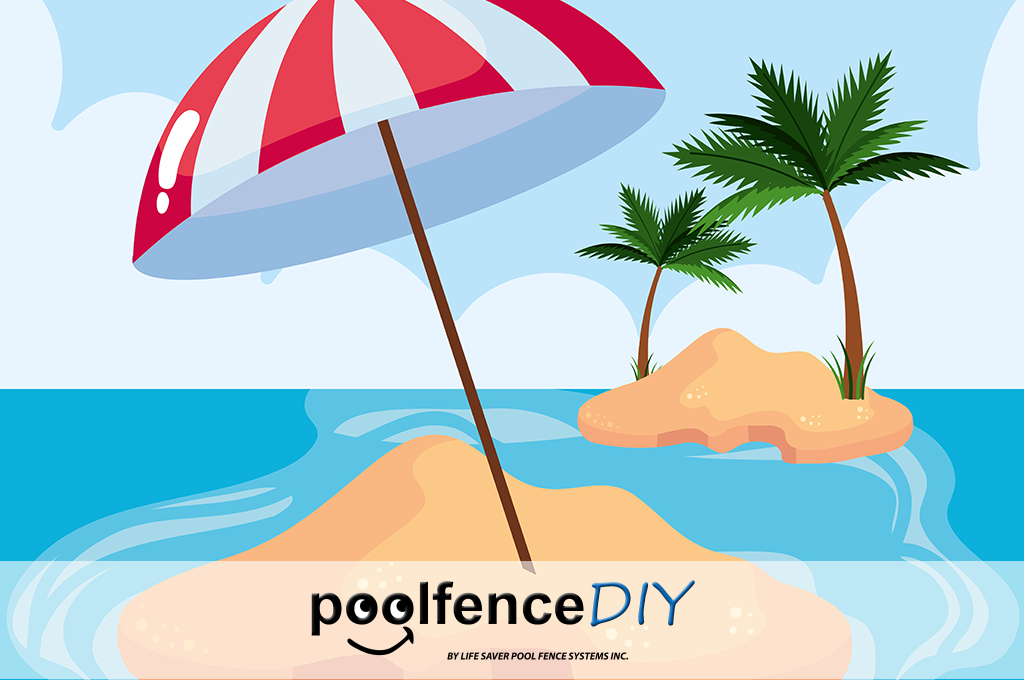Healthy New Beginnings: Learning to Swim

These days, it’s obviously not the best idea to travel too far from your house. Fortunately, a relaxing dip in the pool can be a very healthy way to calm the nerves. In today’s blog, let’s discuss some tips for learning to swim.
Why is Learning to Swim Important?
Safety is always the best reason to learn to swim. After all, drowning is the leading cause of death for children who are four years of age and younger. Along with the obvious benefit of learning how to control your body in the water, swimming is downright good for you! We’ve mentioned the health benefits of swimming before. It’s simply one of the best full-body workouts around. It works multiple muscles at once. Additionally, it is very healthy for your heart. Last but certainly not least, the Centers for Disease Control and Prevention (CDC) have explained that there is no worry of contracting COVID-19 in the pool. In most cases, the chlorine in the pool water is deadly to the virus.Get Started Learning to Swim with Lessons
The absolutely best way to begin learning to swim is by taking lessons from a professional. It doesn’t matter how young or old you are, there are lessons for you! A class is great for developing proper technique in a controlled environment. Water safety can be tricky, but taking a class can help you get acclimated to the water at your own pace. You can start learning to swim slowly, in a beginner level class. You see, there’s no need to speed through the process. Swimming is a skill you can benefit from for your entire life. In your class, you may get used to the water and wade around a bit. Learning to tread water is an excellent survival technique for beginners. Before you know it, you’ll be ready for some light butterfly strokes through the shallow section.Getting in Rhythm
As the class continues, you’ll likely start learning more advanced maneuvers. Learning to swim involves controlling your breathing. The shock of exercising in an unfamiliar environment can leave you disoriented and more exhausted than you may expect. For this, you’ll need to get used to the “rhythm” of swimming. By starting slowly, you’ll learn how to coordinate your breathing with your strokes. You’ll also learn your limits and when to take a break, which is equally important. An instructor will often teach you kicks by using a kickboard. This floatation device shouldn’t be used in lieu of a U.S. Coast Guard approved life jacket, but it can be an excellent learning tool. Using the board, you’ll be able to build up your legs. Kicking yourself across the pool will help to teach new swimmers how all the limbs can work together.Critical Water Skills
Once again, we want to stress that swimming can benefit everyone. A 1994 study from the CDC showed that 37 percent of adults in the United States could not swim farther than the length of a standard pool. That’s a big problem. To make matters worse, a parents’ decision not to swim can also influence their children’s cooperation in these efforts. It’s true. A study from the USA Swimming Foundation explains that when a parent doesn’t know how to swim, there’s only a 13 percent chance that their child will ever learn.Here are the critical water skills that every single person should be able to perform:
- Swim into the water until it is over your head;
- Then, return to the surface, float or tread water for one minute;
- Next, turn around in a full circle and find an exit;
- Swim at least 25 yards to this exit;
- Exit from the water.




